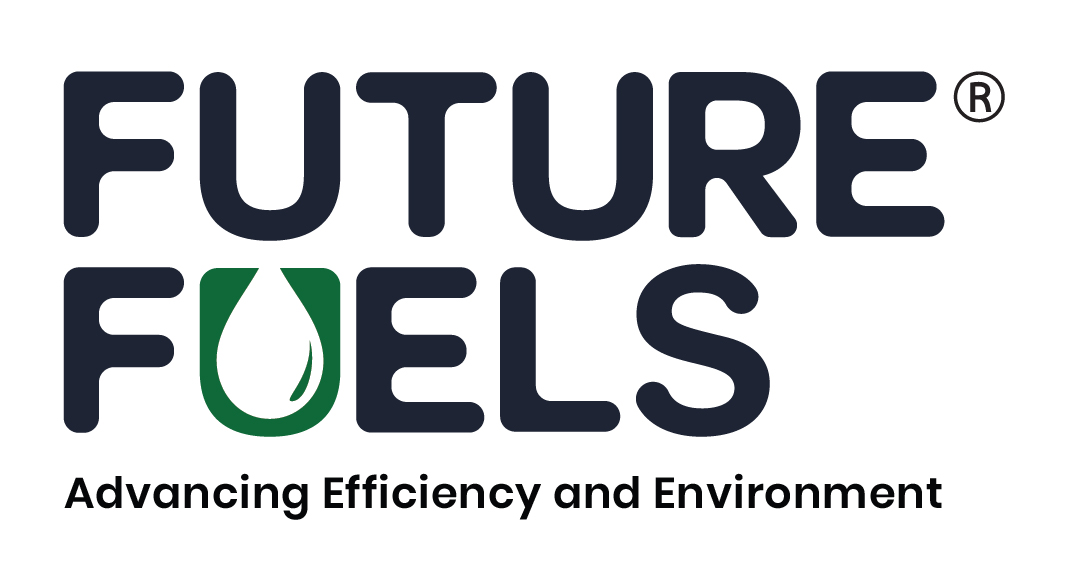Sparc Hydrogen, a joint venture involving Sparc Technologies, Fortescue, and the University of Adelaide, has successfully demonstrated its prototype photocatalytic water-splitting reactor at a Commonwealth Scientific and Industrial Research Organisation (CSIRO) facility in Newcastle, Australia. The venture aims to advance next-generation green hydrogen technology.
An alternative to making green hydrogen via electrolysis, photocatalytic water splitting instead relies directly on sunlight, water and a photocatalyst. Sparc Hydrogen is developing a photocatalytic reactor, patent pending, which seeks to efficiently take hydrogen from water molecules using concentrated solar.
The CSIRO has been operating a concentrated solar thermal plant known as the CSIRO Energy Centre in Newcastle, New South Wales, where Sparc Hydrogen recently completed its initial testing.
It will incorporate a concept flowsheet design, equipment selection, costs, risks and opportunities for a pilot plant which will enable continuous on-sun testing of the technology, the company said, noting the plant’s commissioning would be the next stage in its technology’s readiness.
Sparc Hydrogen believes photocatalytic water splitting can deliver cost and flexibility advantages over electrolysis because of its lowered infrastructure and electricity requirements. The company has been awarded almost $500,000 (USD 315,000) by the Australian government to support the development of its photocatalytic technology
Sparc Technologies, the majority stakeholder in Sparc Hydrogen, collaborates with Queensland University of Technology (QUT) on sodium-ion battery technology and works on a graphene-based additive to combat steel corrosion. Earlier this year, Sparc and QUT said their multiple trials had produced anodes averaging about 45% higher reversible capacities compared to commercial hard carbon anode materials.
Tags: Photocatalytic, Reactor, Sparc Hydrogen



Recent Posts
Scandlines Nears Delivery of Zero Emissions Ferry Following Successful Sea Trials
India faces emission roadblocks with rising net-zero demands
Green Energy Resources invests in two electric Liebherr LHM 550
NYK Launches Continuous Use of Bio LNG Fuel on Car Carriers to Advance Decarbonization Goals
Yang Ming Expands Fleet with Methanol and LNG Dual-Fuel Vessels Under Fleet Optimization Plan
ClassNK Advocates Speed Gap Monitoring to Optimize Fuel Efficiency in Heavy Weather
Wärtsilä’s retrofit package for the Corsica Linea ferry Pascal Paoli has resulted in fuel savings of up to 22 percent Corsica Linea
COSCO Shipping Names Second Methanol Dual-Fuel Containership in Yangzhou